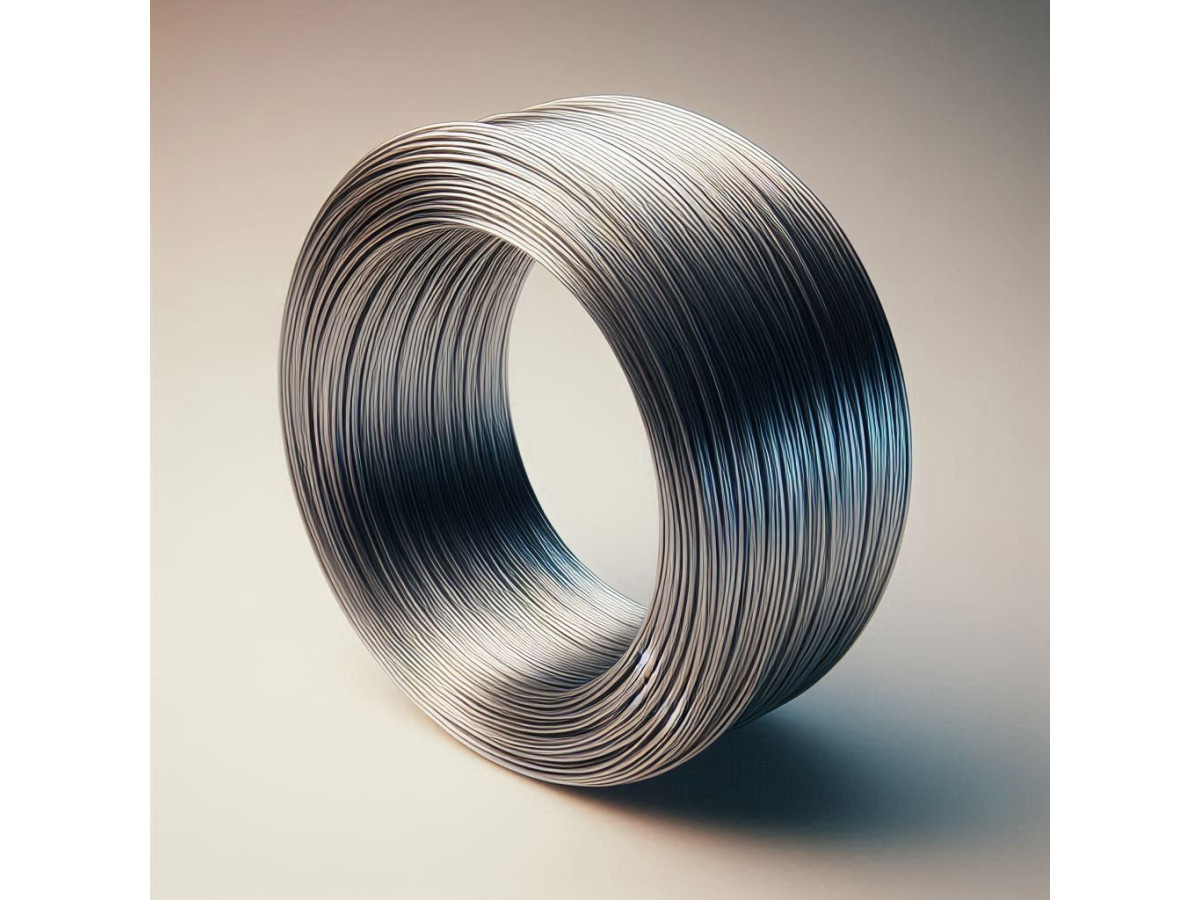Have you ever wondered why some metal products serve us for many years without rusting? The answer lies in a special coating that protects the metal from the destructive effects of the environment. One of these coatings is zinc. Galvanized wire is steel wire reliably protected by a layer of zinc. Let's figure out why it is so popular and where it is used.
Manufacturing methods
The production of such rolled metal is a high-tech process that guarantees unrivaled quality and durability of the products. It all starts with the selection of the best steel blanks, which undergo careful processing.
The steel is rolled, cleaned and prepared for galvanizing. The steel wire goes through a number of operations: pickling to remove scale, washing, annealing to impart plasticity. There are two methods used: hot-dip galvanizing, in which the wire is immersed in a molten composition, forming an iron-zinc alloy on the surface, which ensures strong adhesion of the coating to the base, and cold galvanizing - electrolysis. Both methods provide reliable protection against corrosion. As a result, you get the highest quality products, ready for use in the most difficult conditions.
Finished products undergo rigorous quality control for compliance with GOSTs and technical specifications. The thickness of the protective coating, mechanical properties, and appearance are checked.
Types of products
The history of galvanized wire goes back several centuries. The first attempts to protect metal from corrosion were made in ancient times. However, only in the 19th century, with the development of metallurgy, did mass production of rolled metal of this type become possible. Modern technologies have made it possible to significantly improve the quality and expand the scope of application of this material. Today, the following types are available to customers:
- Universal - a reliable assistant in construction and industry, ideal for tying and fastening.
- Wire for tension systems - increased strength and resistance to stretching - what is needed to create reliable fences and tension structures.
- Welding - excellent conductivity and adhesion, ideal for welding and joining metals.
- For suspended systems - lightweight, flexible and durable, a good choice for hanging lighting fixtures and other elements.
- Reinforcement - reinforces reinforced concrete structures, providing additional strength and protection from rust.
According to the cross-sectional shape, the product can be round (the most common type) or oval, which is used for special purposes, for example, for the manufacture of springs. The standard coating is smooth, it provides basic protection against corrosion. Corrugated creates better adhesion to other materials, and wire with a polymer coating is additionally protected from mechanical damage. The material is produced in normal or high precision.
Benefits of purchase
The zinc coating reliably protects steel from moisture, aggressive environments and atmospheric phenomena. The wire has maximum tensile and bending strength, so it is often ordered to create reliable structures.
Flexibility allows you to give the wire various shapes, which expands the scope of its application. The product can withstand a wide range of temperatures. Durability and minimal maintenance costs make galvanized wire an economically advantageous solution. The wire is available in various sizes and diameters, which allows you to choose the best option for any project. At the same time, it is a safe product from an environmental point of view.
Where is it used
Wire is used to create reinforcement frames that increase the strength and durability of concrete structures. It is used to make fences, chain-link mesh, barbed wire, which ensure safety and enclose the territory. It is used to fasten insulation, roofing materials, drywall and other building materials. It is often used to strengthen soils, create gabions and other structures.
Various types of mesh are made from such wire: welded, woven, braided. They are used in industry for filtering, sorting, packaging and other purposes. Due to its flexibility and strength, it is used to produce springs for various purposes. Cables are woven from zinc-coated wire, which are used in construction, industry and agriculture. It is also suitable for the manufacture of electrodes and conductive elements.

